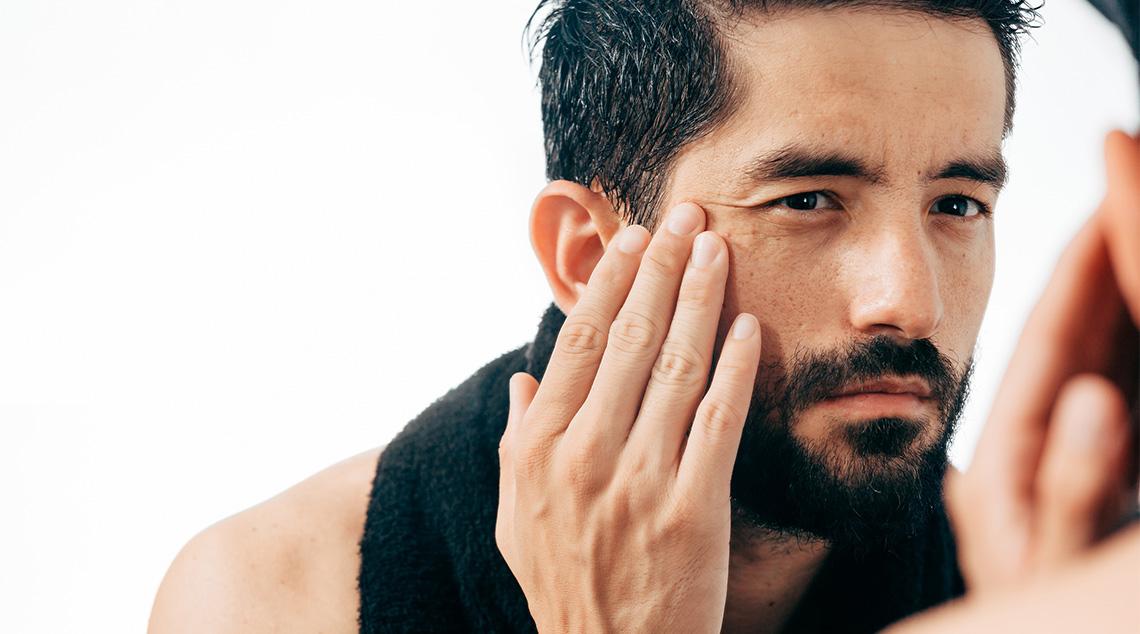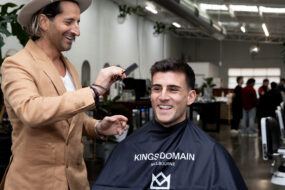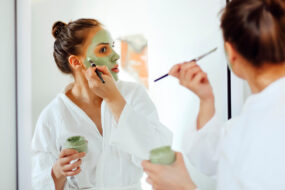Why more men are turning to cosmetic treatment
Statistics show Australian men are increasingly seeking out cosmetic procedures. And experts say there are some surprising reasons why.
Once stigmatised, cosmetic treatments were once primarily the domain of well-heeled women and were rarely talked about.
But shifting attitudes towards aesthetic enhancement are leading to wider acceptance and a wider clientele – which increasingly includes men – seeking treatment.
“There is still some stigma, but with more people seeking cosmetic procedures than ever before and wider transparency, there has been some normalisation of these procedures,” Associate Professor of Monash University’s Department of Neuroscience Gemma Sharp says.
Why are men seeking cosmetic enhancement?
Although the practice is traditionally associated with women, an increasing number of men are seeking cosmetic work.
“The research in men is still quite limited, particularly compared with women,” Assoc Prof Sharp says.
“However, it seems that men are driven by some of the same factors as women, such as the influence of peers and partners, particularly appearance-related comments, and the way men’s bodies are portrayed in the media can impact how men see themselves and can influence their requests for cosmetic procedures.”
There is also some evidence men are using cosmetic enhancement in an effort to further their careers, however more research is needed.
Medical director at The Centre for Medical Aesthetics Dr Amy Chahal says the workplace is a contributing motivator for her male clients seeking cosmetic procedures.
“The competitive job market is influencing men to seek cosmetic enhancement because they believe a refreshed appearance can boost their confidence and career prospects,” Dr Chalal says.
What types of cosmetic procedures are men seeking?
Sydney plastic surgeon Dr Joseph Rizk says the most common surgical procedures among men are liposuction, rhinoplasty, blepharoplasty, facelift, and pectoral reduction.
Dr Chalal is seeing her male clients taking up nonsurgical procedures such as anti-wrinkle and dermal fillers, nonsurgical body contouring, hair restoration, and minimally invasive skin treatments.
“More men are seeking cosmetic enhancements at my practice, and I think a large component is the diminished stigmas surrounding popular procedures,” Dr Chalal says.
Why it’s important to do the research
It is crucial to research potential side effects and risk factors in addition to considering the pros and cons.
Possible side effects of anti-wrinkle injections can include bruising, headaches, brow ptosis and paralysis of muscles.
Similarly, facial filler carries certain risk factors such as bruising, redness and swelling, asymmetry, scarring, and even vascular occlusion.
It is crucial to ensure any cosmetic enhancement is carried out by a qualified cosmetic professional and to always seek medical help if you experience any problems.
What the trend tells us about male body image
For Assoc Prof Sharp, the rise in cosmetic enhancement among men has put the spotlight on male body image.
“Anyone can be impacted by body image concerns and that includes any gender identity, age and background,” Assoc Prof Sharp says.
Although there’s been an increase in clinical body image disorders in men, Assoc Prof Sharp says it could be that they have always existed among men, but they now feel more comfortable talking about these conditions and getting a diagnosis.
“I’m glad that public awareness of the topic of body image and its importance to overall health has increased,” she says.
“It’s also great we are addressing body image in the youngest members of our community when our ideas about body image begin.
“In my research, we are using social media and AI to promote more positive body image, so overall I’m optimistic that we can use these channels for good despite the obvious challenges.”
More on body image:
- Why men are struggling with body image issues
- How to talk to your kids about body image
- Are cosmetic injectables warping beauty standards?
Written by Charlotte Brundrett.




